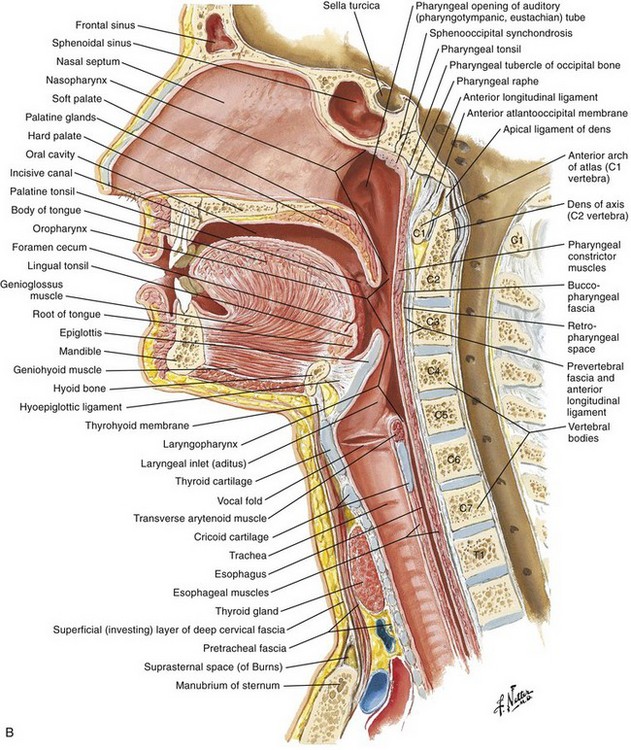36. UTERUS
The uterus is a hollow, pear-shaped organ that is an essential part of the female reproductive system. Here are some gross anatomical points related to the uterus:
35. GANGRENOUS THYROID
Gangrene is a clinical condition of ischemic and necrotic tissue, often circumferential around a digit or extremity. It is identified by discolored or black tissue and associated sloughing of natural tissue planes. The three main types of gangrene are wet gangrene, dry gangrene, and gas gangrene.
FIBROUS LIVER
Liver fibrosis is the excessive accumulation of extracellular matrix proteins including collagen that occurs in most types of chronic liver diseases. Advanced liver fibrosis results in cirrhosis, liver failure, and portal hypertension and often requires liver transplantation.
34. FIBROUS UTERUS
Uterine fibroids, also known as leiomyomas or myomas, are noncancerous growths that develop in the muscular wall of the uterus.
Fibroids can vary in size and location within the uterus. They can be small and undetectable to the naked eye or grow to be large and distort the shape of the uterus. Some fibroids grow within the uterine wall, while others grow on the outer surface of the uterus or extend into the uterine cavity.
33. UTERUS.
The uterus is a hollow, pear-shaped organ that is an essential part of the female reproductive system. Here are some gross anatomical points related to the uterus:
TIBIALIS ANTERIOR MUSCLE
This muscle is the most anterior and medial of all four anterior leg muscles. It originates from the proximal portion of the leg, precisely, from the lateral tibial condyle and proximal half of the tibial shaft, in addition to the adjacent portion of the interosseous membrane.
32. FIBROUS UTERUS
Uterine fibroids, also known as leiomyomas or myomas, are noncancerous growths that develop in the muscular wall of the uterus.
Fibroids can vary in size and location within the uterus. They can be small and undetectable to the naked eye or grow to be large and distort the shape of the uterus. Some fibroids grow within the uterine wall, while others grow on the outer surface of the uterus or extend into the uterine cavity.
31. OVARY
- Location: The ovaries are located on either side of the uterus in the female pelvis. They are held in place by ligaments that attach them to the uterus and pelvic wall.
- Size: The size of the ovaries can vary depending on age and reproductive status. In adult women, they are typically around 3-5 cm in length.
- Structure: Each ovary is roughly almond-shaped and consists of two main parts: the cortex and the medulla. The cortex is the outer layer of the ovary and contains follicles, which are structures that contain immature eggs.
30. GANGRENOUS THYROID
various pathological conditions that can affect the gland, such as goiter, thyroid nodules, and thyroid cancer. However, gangrenous thyroid is not mentioned as a distinct pathology.

